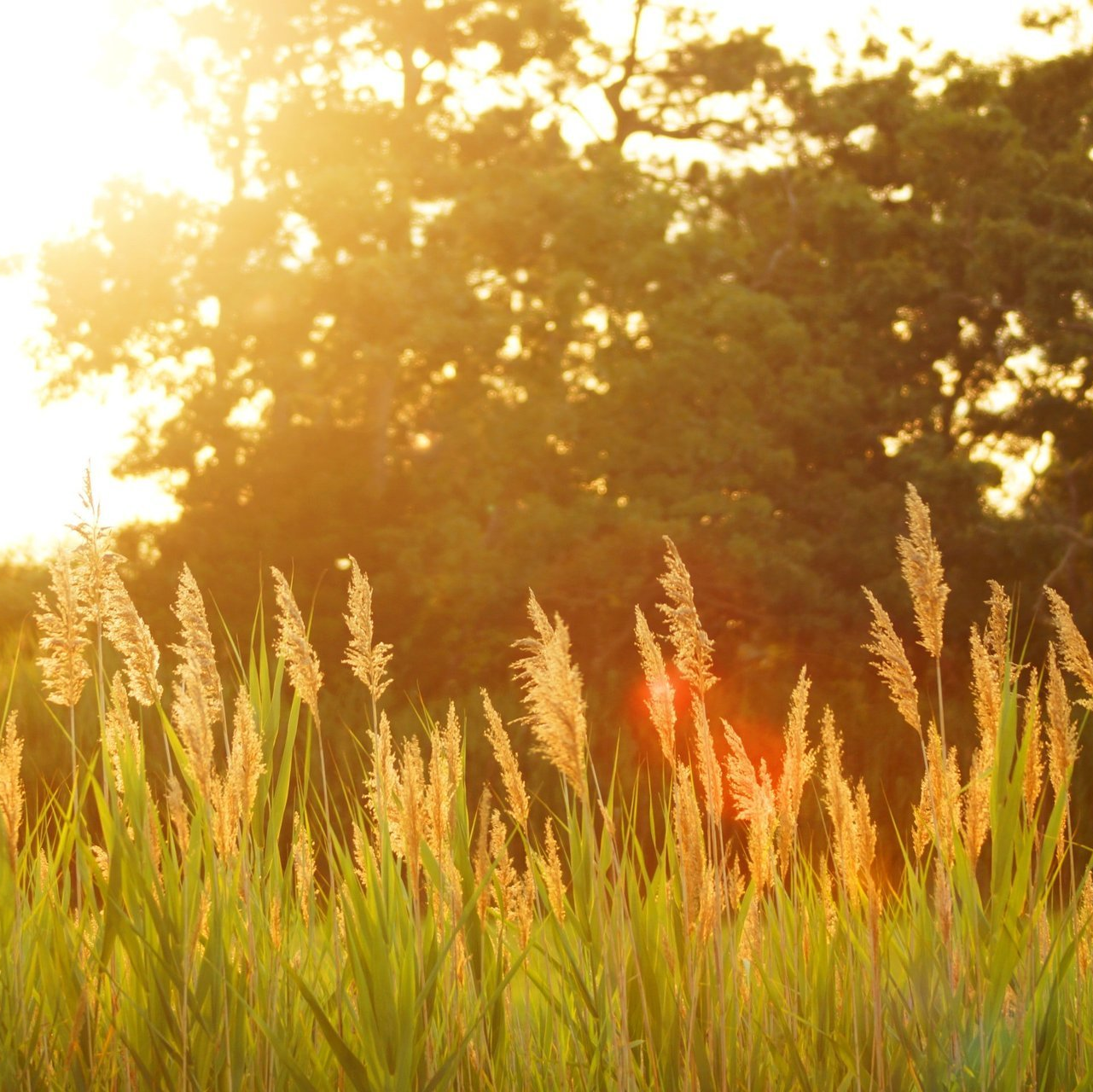


Lawn cutting and watering are important and often overlooked aspects of proper lawn care. We are here to provide you with an easy guide on everything lawn related! To ensure you don't start the season off on the wrong foot, we will cover the most common cutting issues, proper cutting techniques and the correct schedule to follow for both cutting and watering your turf.
The most common mistakes when cutting are either:
a) Your not cutting the lawn enough or
b) The lawn is being cut too short.
To avoid damaging your turf and to keep your lawn as healthy as possible, no more than 1/3 of the blade should be cut at a time. This means that your lawn should be consistently cut at least once a week all season long, sometimes more often during the heavy growing season. The ideal cutting height for your mower is around 2 1/2 to 3 inches. If the lawn is cut short, there is a greater chance of it drying out and burning during the hot summer months. If you don't get around to cutting your lawn for a couple weeks, it will get a little overgrown. In this case - raise the mower height to the highest level and cut, then lower the blades to the proper height and cut 3-4 days later.
Lawn mower blades should also be sharpened a couple times a season, either do it from home (kits can be purchased at a local Canadian Tire or Home Depot) or find a local repair shop to help you out. This will ensure the blade of the grass has a clean cut, and causes no extra stress on your lawn. If you have been cutting regularly - leave the clippings on your lawn.
Watering your lawn is just as important as cutting, especially throughout the dry, hot summers we see here in Toronto. Your lawn needs about 1 1/2 inches of water weekly. You need to be applying enough water to thoroughly soak the root zone. Water all areas of your lawn for at least one hour, two to three times a week. The ideal time of day to water is in the early morning, before the sun is at its peak. If this isn't possible - watering in the evening is better then not watering at all.
Watering is EXTRA important in the hot summer to avoid drought stress. If your lawn becomes dormant in the summer, don't stress! It is just the lawns natural defence against drought, it will come back as it gets the moisture it needs.



